How To Use Pivot Points: A Little Guide to Successful Forex Trading
In the world of finance, Pivot Points are a powerful tool for traders. These key price levels, derived from recent market data, provide valuable insights for making informed decisions. In this guide, we will explore the fundamental aspects of Pivot Points, their effective utilization, and their importance in the realm of market analysis. Whether you’re a novice or an experienced trader, understanding Pivot Points is essential for improved decision-making.
What Are Pivot Points?
Pivot points are the best technical analysis and intraday analysis tool, fractal, spread used by traders to identify key price action levels in the forex market. They are calculated based on the previous day’s high, low, and closing prices. These indicators can be acted as potential support and resistance levels, indicating areas where the price may reverse or continue its trendline.
An example is indicators such as Pivot Points Daily Shifted, Pivot Alert, Pivot Custom and other.
Calculating
To calculate, add the previous day’s high, low, and closing prices, and then divide the sum by three. Additionally, support and resistance levels are calculated by subtracting and adding certain multiples of the daily trading range.
How to Use Pivot Points in Forex Trading
One of the primary uses of is to identify potential support and resistance levels divergence. When the price trends of a currency pair approaches, it may encounter resistance, leading to a potential reversal or pullback. Conversely, if the price falls towards using a support level, it may find support position, causing a bounce back up.
- Trend Trading: Pivot points can also help traders identify trend-following in the forex market. If the price is consistently trading, it indicates an uptrend, and if it is trading, scalping, it suggests a downtrend. Traders can utilize this data to initiate trades aligned with the dominant trend and incorporate various indicators.
- Range Trading: In a ranging market, where the price is moving sideways within a defined range, described indicators can be used to identify potential entry and exit points. Traders can look for price reversals at support and resistance levels to execute trades within the range.
- Breakout Trading: When the price breaks above a resistance level or below a support level, it may indicate a potential breakout. Traders can use such indicators to identify breakout opportunities and enter trades in the direction of the breakout.
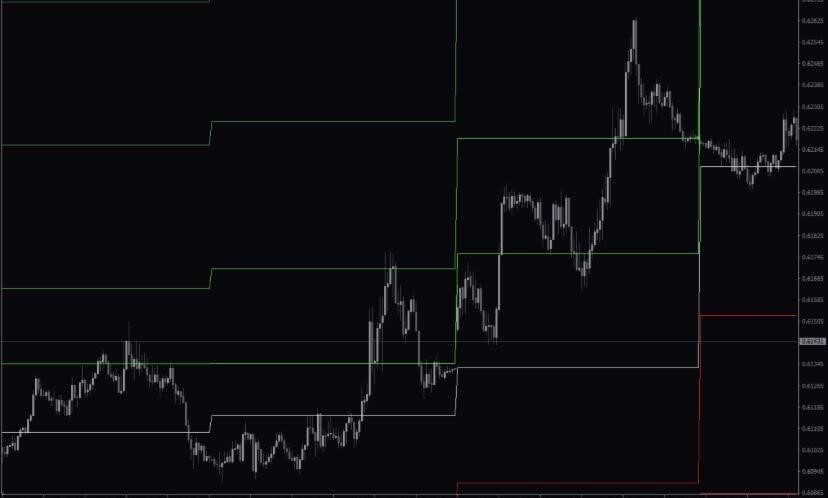 Types
Types
There are different types of, including daily, weekly, and monthly. Each type provides traders with different levels of support and resistance based on different time frames.
- Fibonacci uses retracement levels in their calculations. These levels are based on the Fibonacci sequence and are believed to have significant market relevance. The support and resistance levels are based on classic Fibonacci ratios.
- Camarilla were developed by Nick Scott, a bond trader, to provide short-term traders with a more precise set of support and resistance levels. The calculations for Camarilla are more complex, and they include four levels of support and four levels of resistance.
- Woodie’s, named after a trader called Tom Wood, are calculated using the current day’s price action repaint or non-repaint and the previous day’s. These pivot points focus on the midpoints between the high, low, and closing prices, providing different support and resistance levels.
- DeMark, developed by Tom DeMark, uses different formulas to calculate pivot points based on the relationship between the previous day’s high and low prices and the current day’s opening price.
Analyzing
Traders can use such indicators in conjunction with other technical indicators to confirm support and resistance levels. When multiple indicators align, it can provide stronger signals, arrows, bars, bearish, bullish, ticks, stocks, pips for trading decisions.
- Trend Analysis: Pivot points can be used in trend analysis to identify potential trend reversals and trend continuation points. Traders can look for levels that coincide with price charts trends to make more informed trading software decisions.
- Breakouts: It can also be used to analyze breakouts. Traders can observe how price behaves during breakouts to determine the strength of the breakout.
Trading
There are various strategies that traders can employ when trading. TThese tactics encompass trend tracking, trading within a range, seizing breakouts, and trading against the prevailing trend. Each strategy has its own set of rules and risk management techniques.
Managing Risk-Reward Ratio and Risk Management Strategies
However, it is essential to remember that no trading signals, support and resistance levels guarantee profits, and traders should always exercise caution and use risk management techniques in their forex trading platform alert endeavors. With proper fundamental analysis and discipline, they can be a valuable tool for traders to navigate the complexities of the super forex market and make well-informed trading decisions to stop-loss order, take-profit order, market order and pending order or in the volatility liquidity, money management, trading sessions (asian, london, new york), currency correlation, economic calendar, market sentiment.





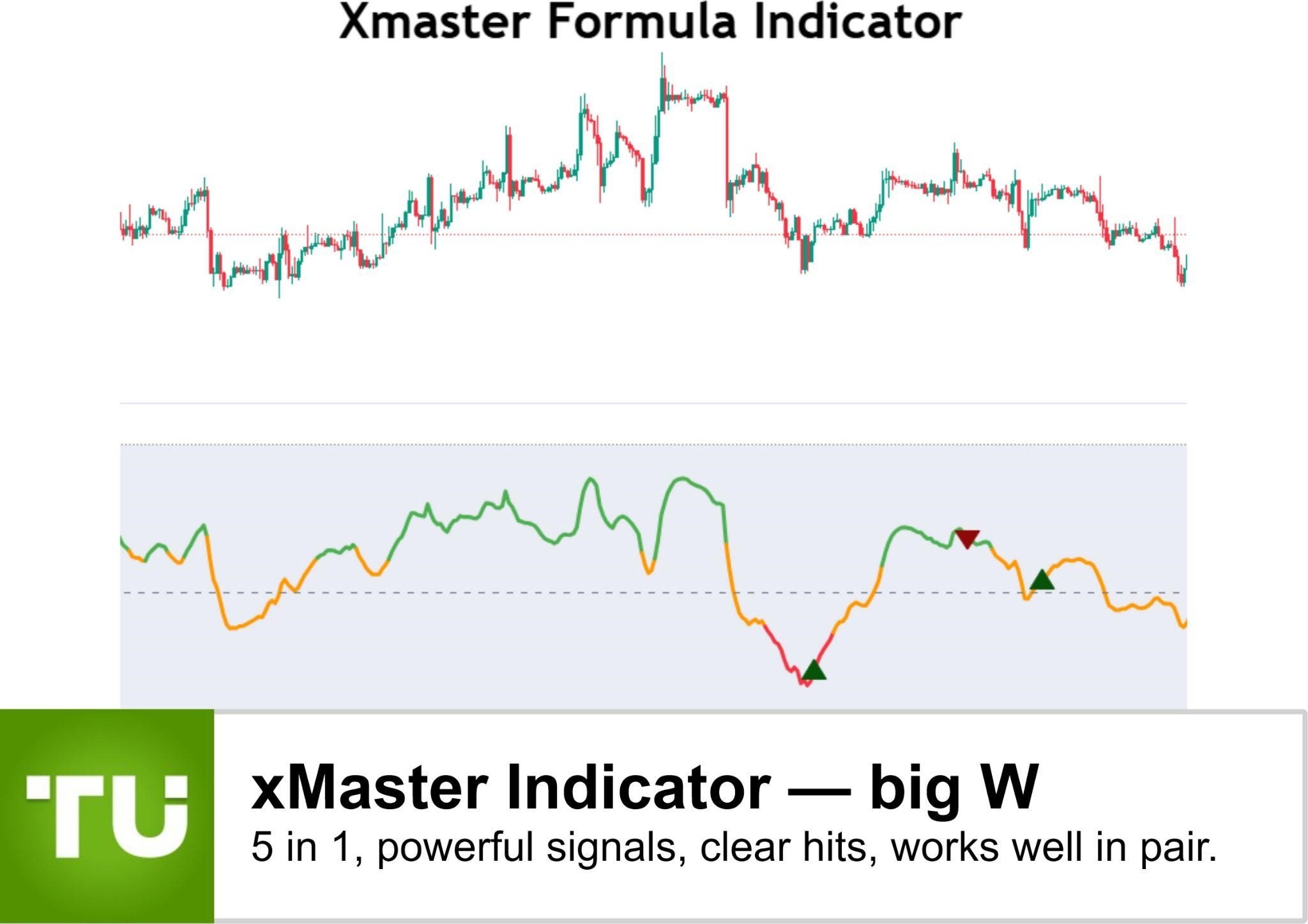


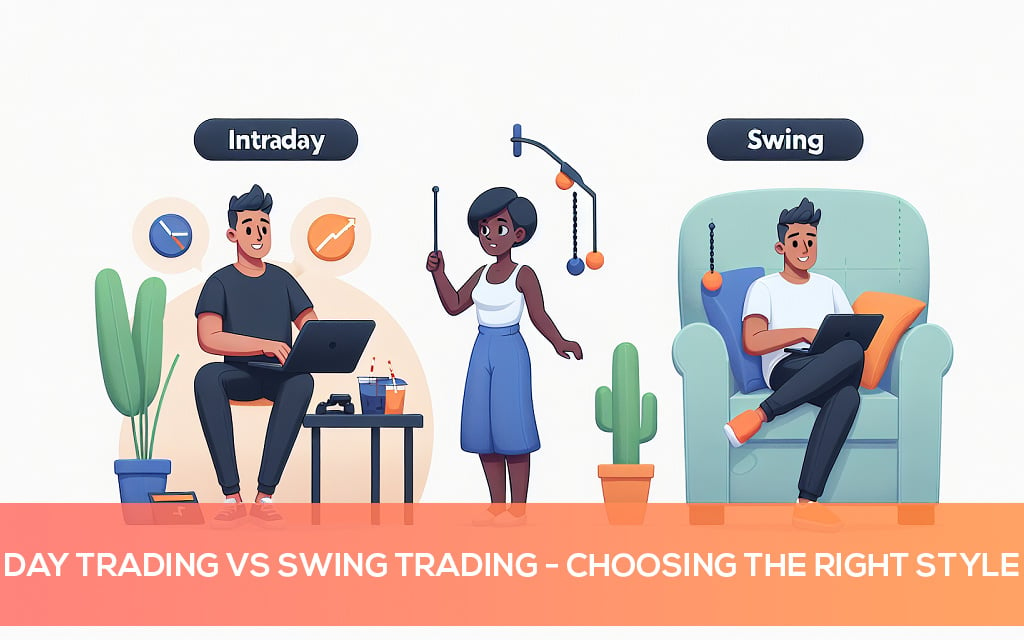









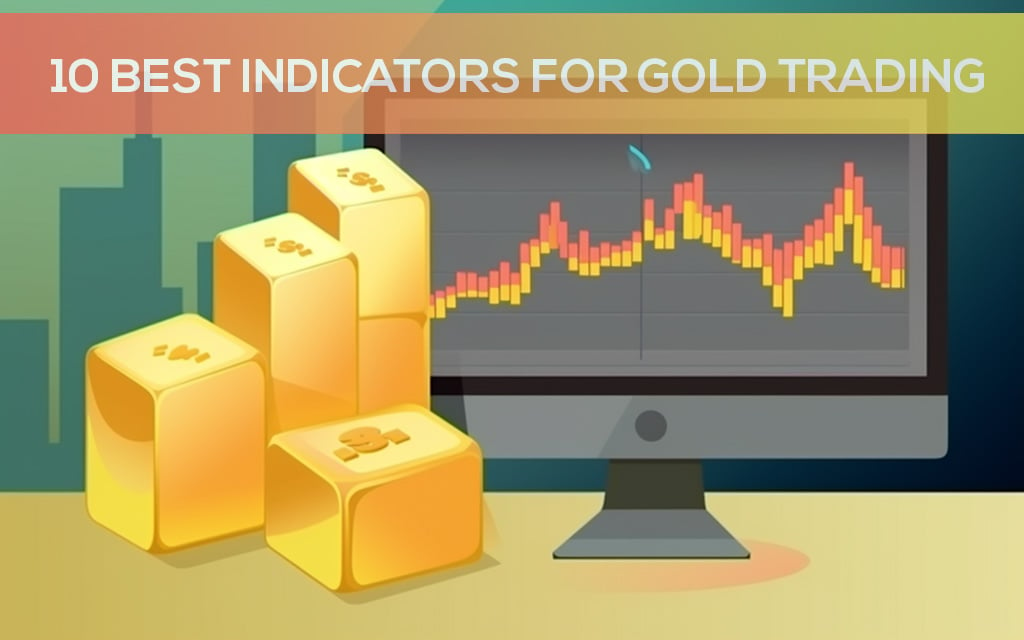


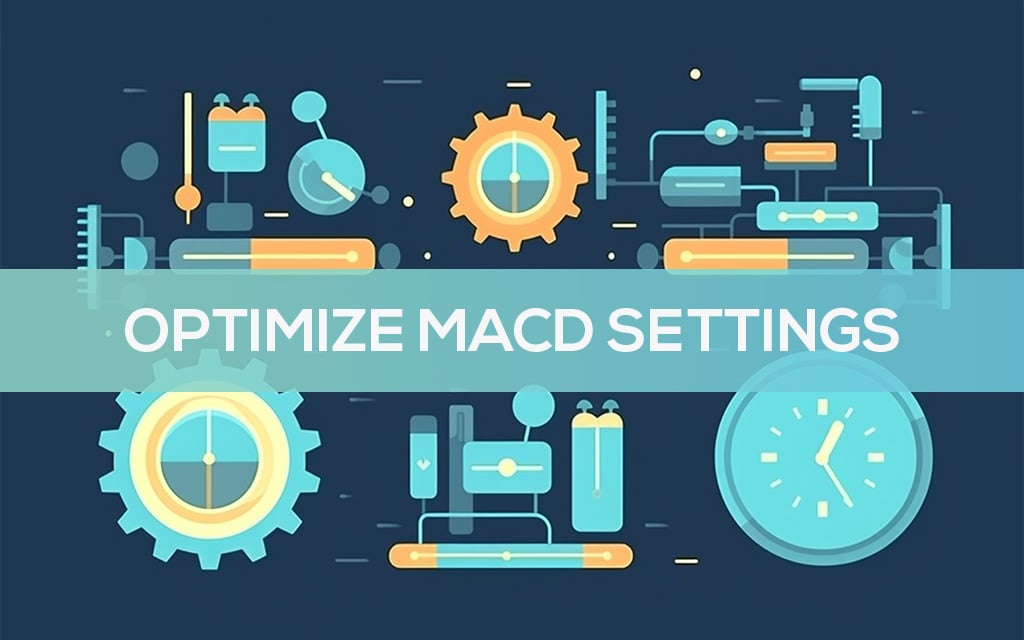
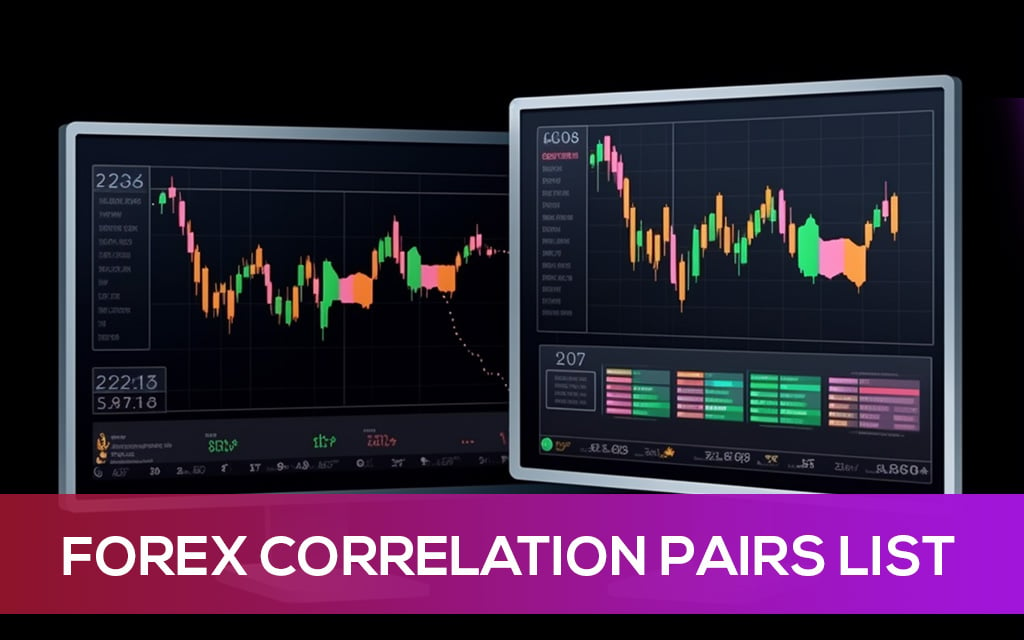
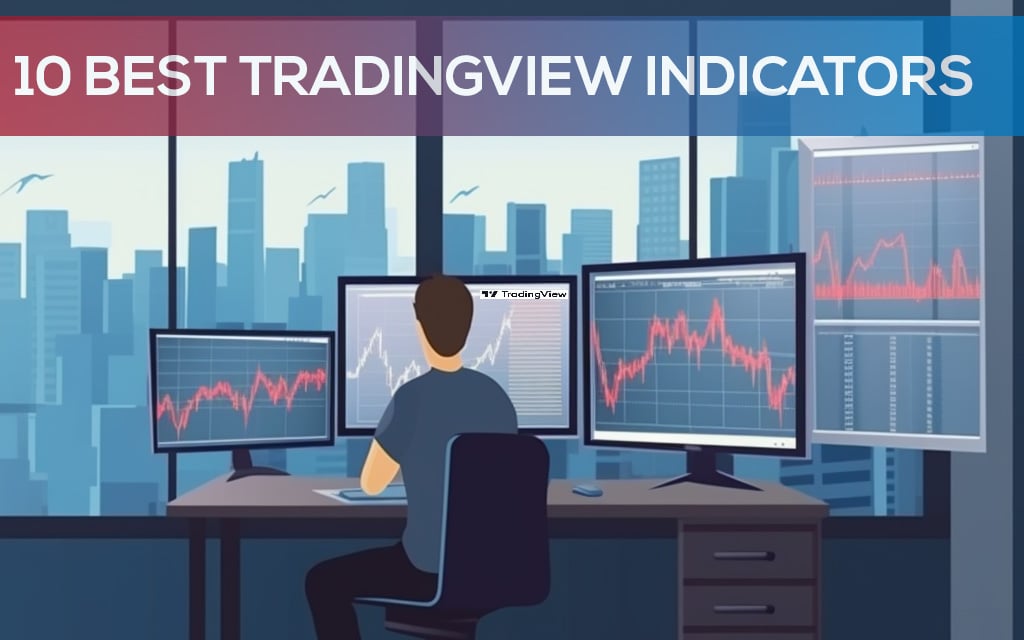

Leave a Reply